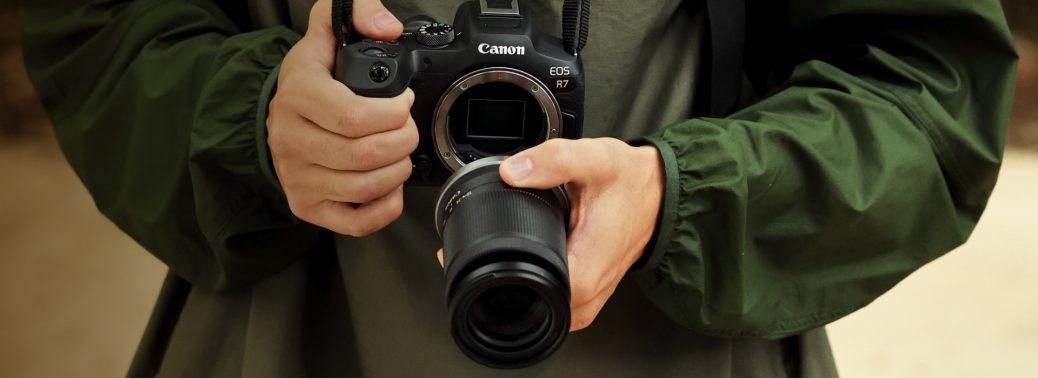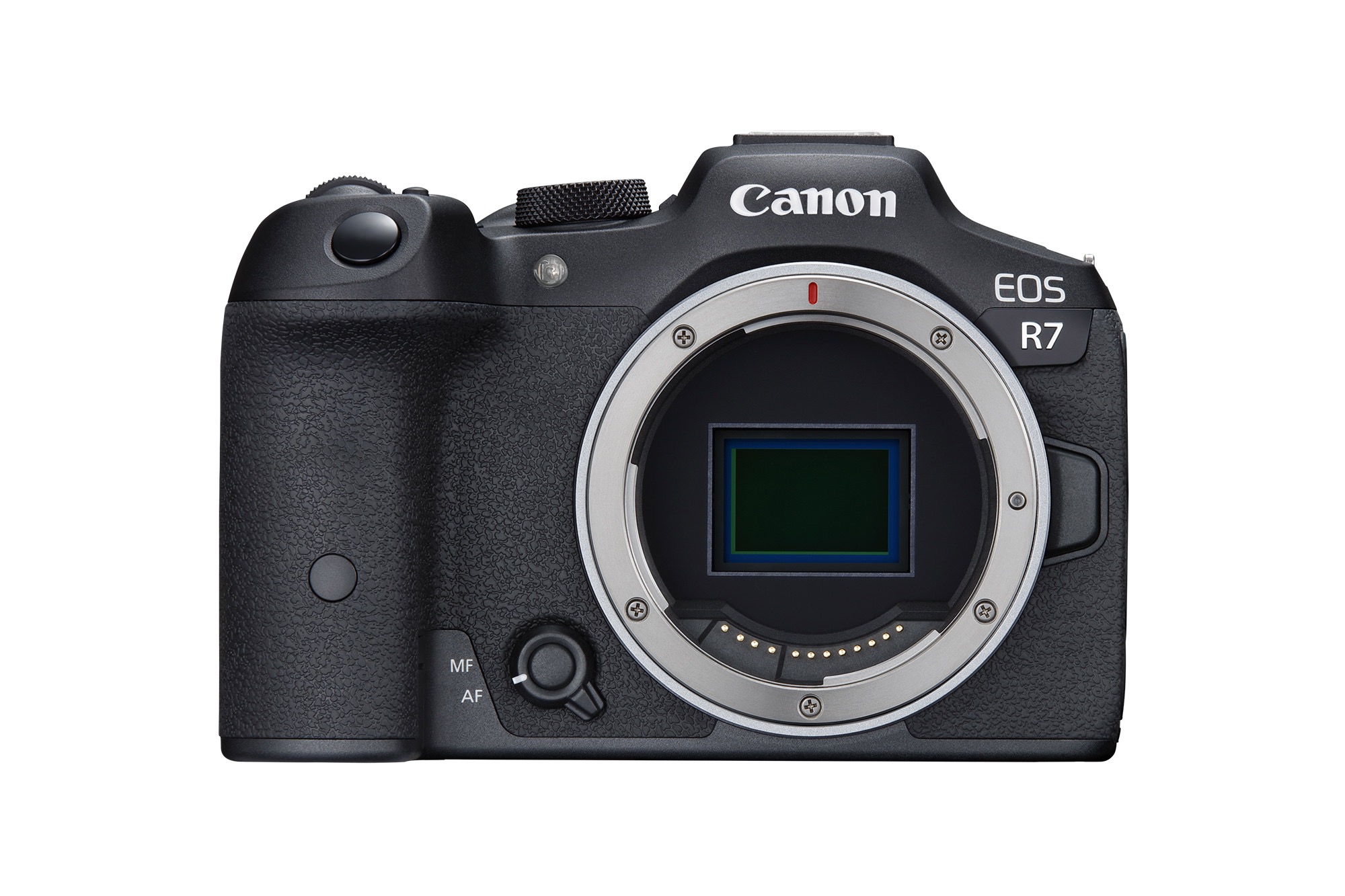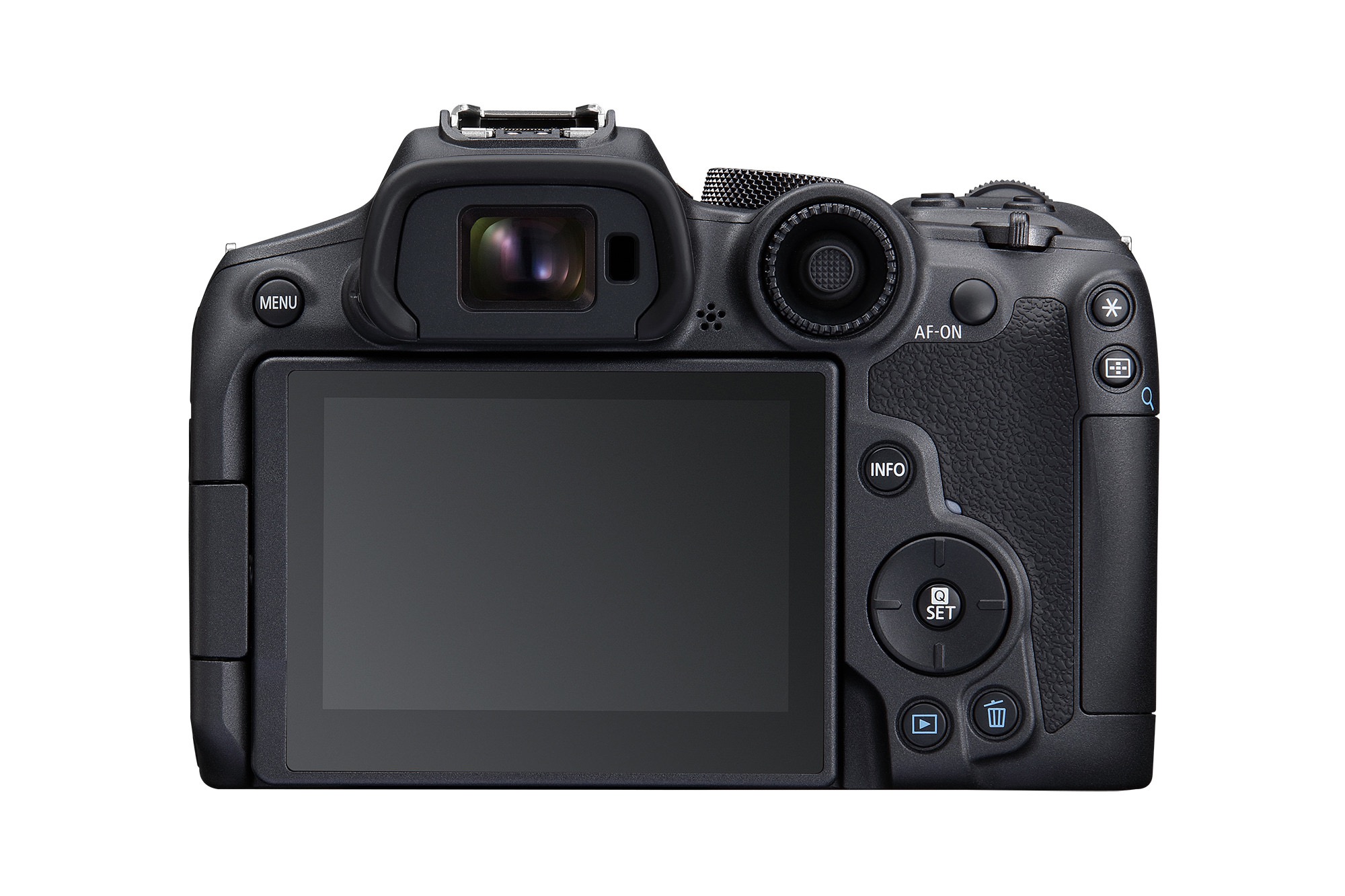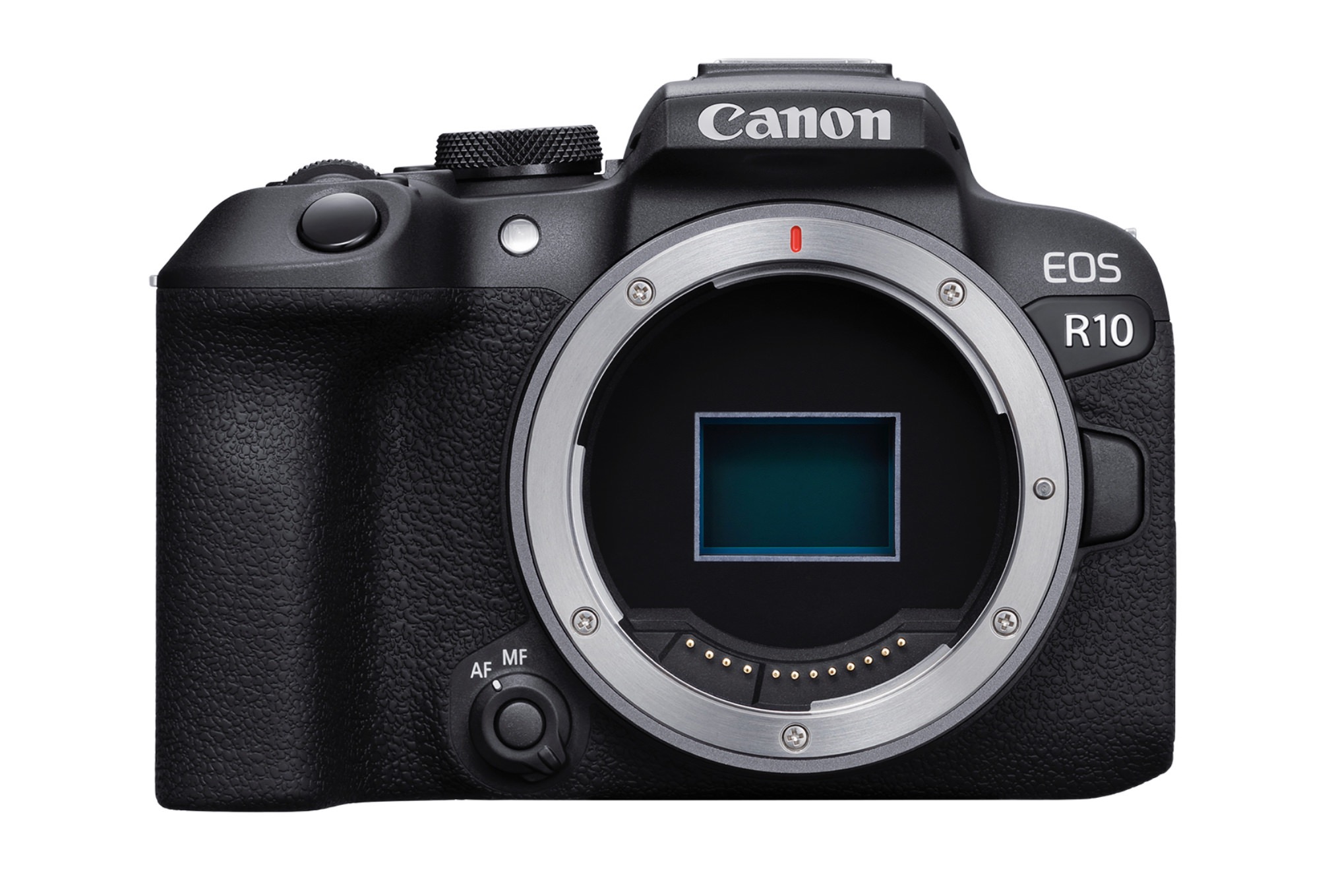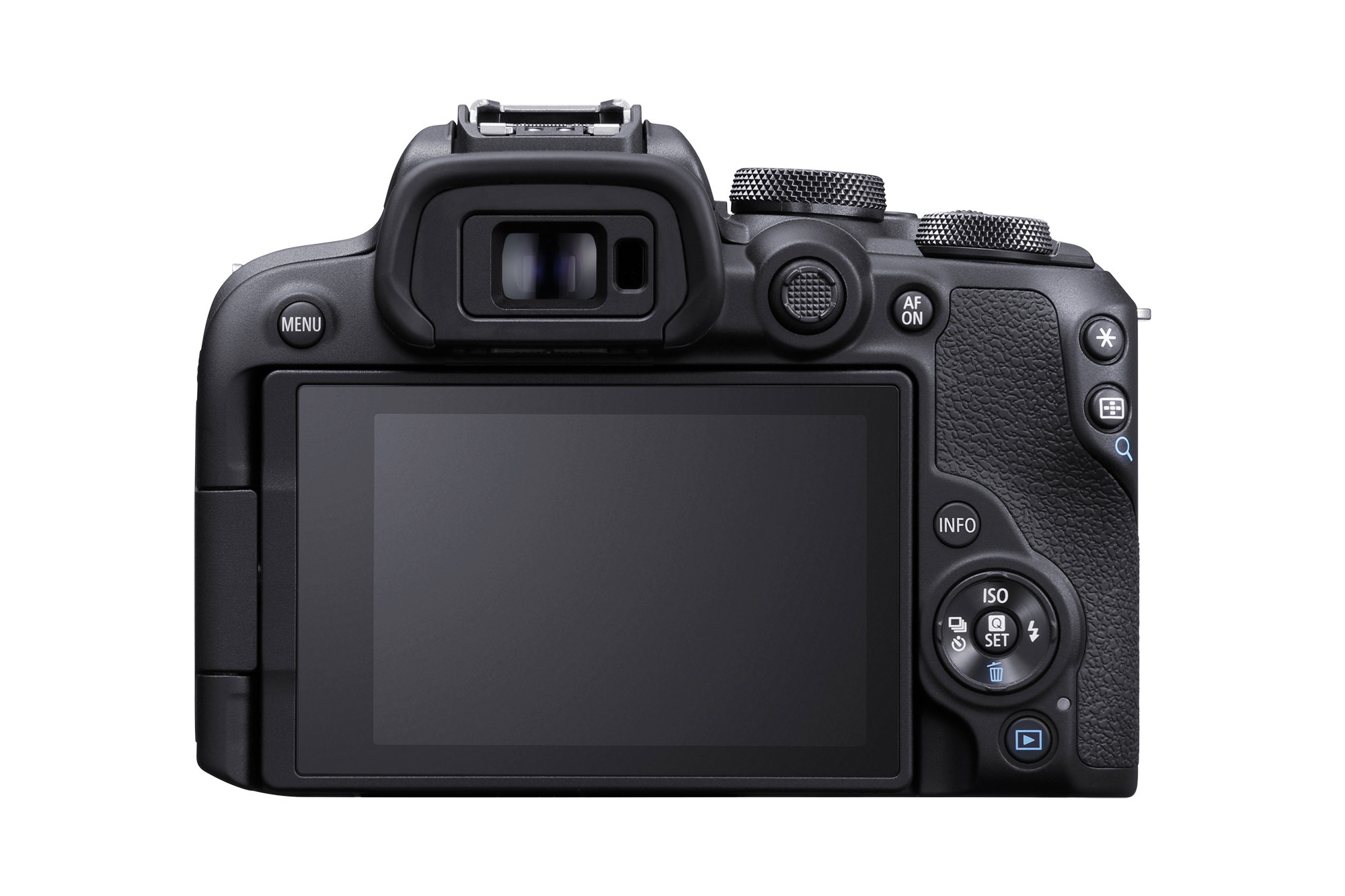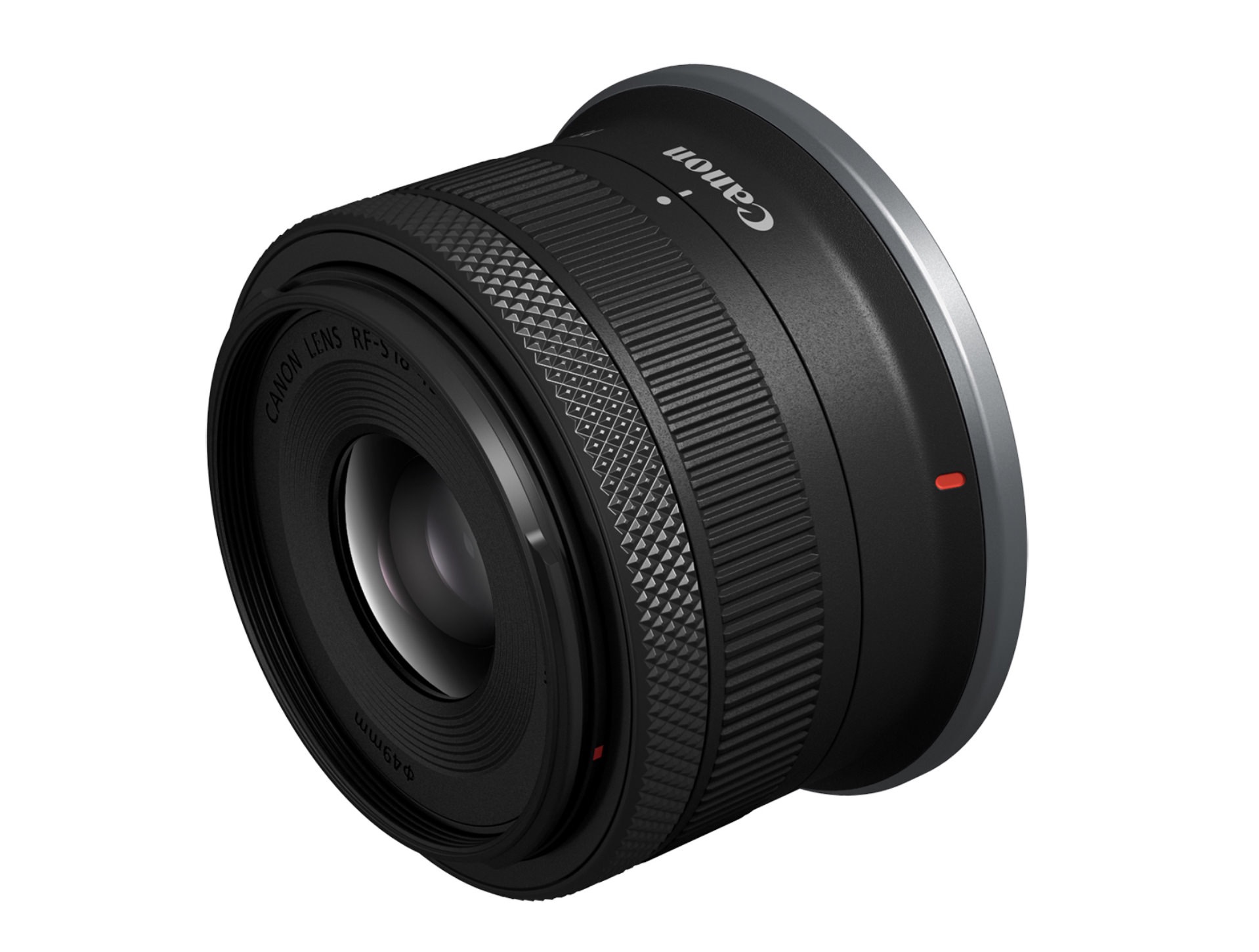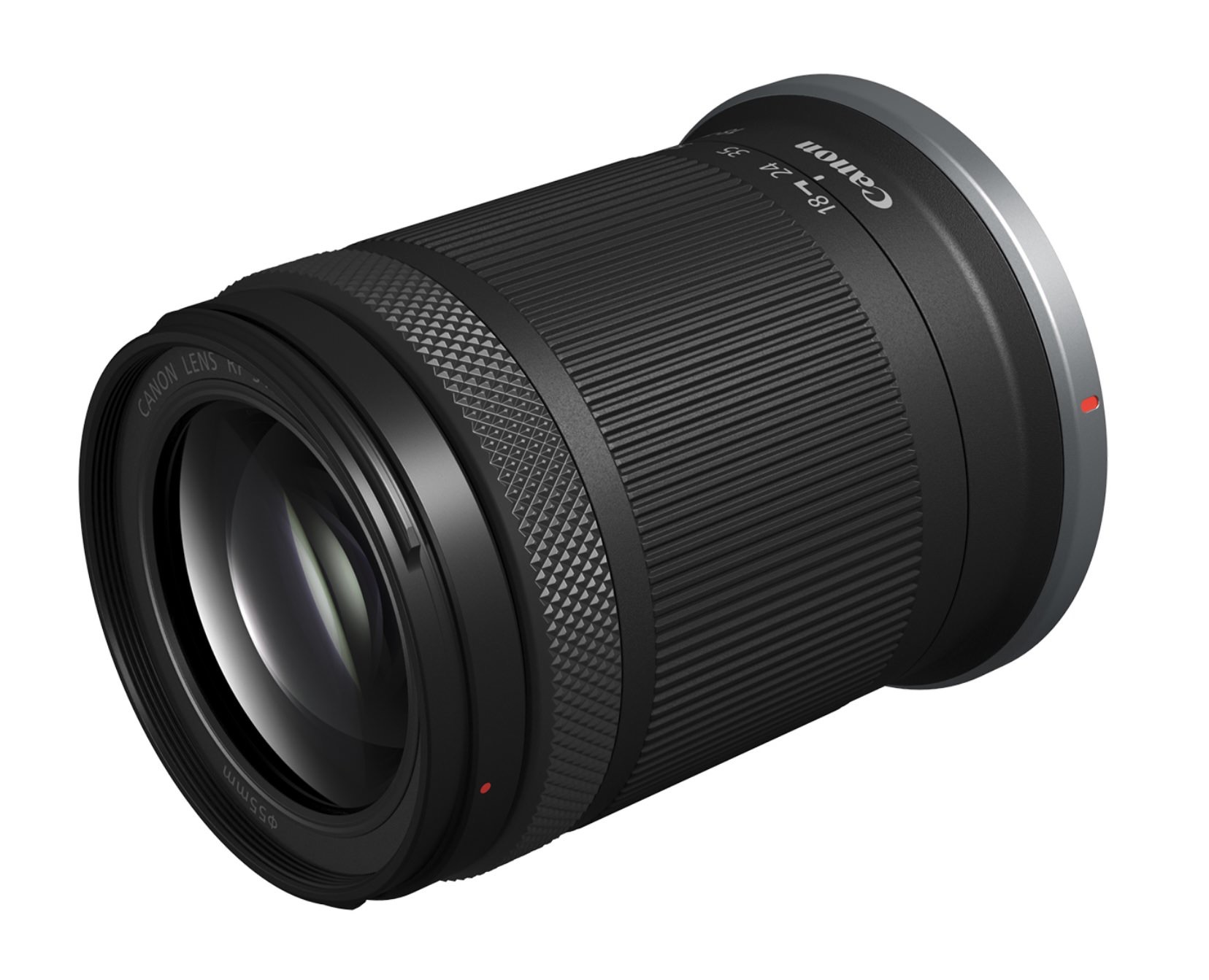Canon Introduces New APS-C Cameras with RF Mount
Canon announced the launch of the new EOS R7 and EOS R10 camera bodies, Canon’s first EOS R-series models with the smaller-size APS-C imaging sensors.
The Canon EOS R7 is described as compact and lightweight, and is the mirrorless successor to both the 90D and the 7D, though Canon says that neither of those cameras are currently being discontinued. It is a powerful camera choice for those seeking an upgrade to their travel and vacation photos or to capture life-long family memories while opening a new world of creative and professional possibilities.
The Canon EOS R10 is Canon’s mirrorless successor to the Rebel and M50 Mark II cameras, which are not being discontinued. Canon stopped short of saying the M-series was being replaced and instead positioned the R10 as a camera that can be considered another option in a similar price tier. The EOS R10 is perfect for content creators looking for a camera option to capture high-quality action videos and images of sports, wildlife, and motorsports.
Both cameras feature Canon’s RF-mount but use a smaller sensor than the company has thus far featured on its mirrorless cameras. Instead of the 35mm full-frame sensor, Canon chose the smaller APS-C cropped size which allows it to bring high-end performance without what is typically a high-end price. Both cameras use a completely new chassis that isn’t reformatted from other cameras like the R6 or RP.
The EOS R7 features a 32.5MP CMOS sensor with an APS-C size (1.6x crop factor). The sensor features a 5-axis IBIS that achieves up to 7 stops of shake correction for steadier handheld videos and sharper photos with long shutter speeds. When it comes to stills, the camera can achieve up to 15fps with a mechanical shutter and up to 30fps with an electronic shutter. Canon’s Dual Pixel CMOS autofocus covers 100% of the sensor and it works in both photo and video mode. For video, it can record oversampled UHD 4K video at up to 30p or at up to 60p with the option of using a full-width (but line-skipped) or 1.81x cropped region. There’s also an option to capture a 10-bit video, either in C-Log 3 for post-shoot grading or in HDR PQ, for true HDR playback on compatible displays.
The R7’s autofocus system has been significantly improved over its spiritual predecessors, taking some inspiration from the AF system found in Canon’s full-frame EOS R3 camera. Specifically, the EOS R7 offers subject recognition modes, including animal, people, and vehicle tracking. You can also now set Face and Tracking focus modes in conjunction with any of the AF area or zone modes, instead of it being a separate setting, and three customizable AF zones will let you make presets based on your specific needs.
The EOS R10 is a compact camera body with a 24.2MP CMOS sensor with the same APS-C size and 1.6x crop factor but without an IBIS. Like the R7, it can shoot still photos at up to 15 fps (23 fps with the e-shutter), or capture 4K/30p oversampled video using the full width of the sensor. There’s also a 4K/60p option taken from a 1.56x crop. It can capture 10-bit HDR PQ video but doesn’t offer the C-Log 3 footage the EOS R7 does.
The autofocus system is effectively identical to that found on the R7, including a revamped system with algorithms derived from the EOS R3 full-frame mirrorless camera. It has dedicated modes for tracking animals, people, and vehicles, and no longer has separate AF area and tracking modes. Now, the full array of AF area modes can be used for subject tracking. Also new are several scene modes, including a focus stacking mode, a panorama mode, and a panning mode that intelligently selects a shutter speed to offer optimal blur while keeping the subject sharp.
Alongside its new APS-C mirrorless cameras, Canon has also announced a pair of APS-C kit lenses, the RF-S 18–45mm F4.5–6.3 IS STM and RF-S 18–150mm F3.5–6.3 IS STM. These lenses will offer full-frame equivalent focal length ranges of 29–72mm and 29–240mm, respectively, and are designed to be paired with the new EOS R7 and R10 cameras.
The RF-S 18–45mm F4.5–6.3 IS STM lens is constructed of seven elements in seven groups. The lens features optical image stabilization and is CIPA-rated for seven stops of compensation. It has a minimum focus distance of 20cm, features a 49mm front filter thread, and uses Canon’s stepping motor technology to drive its internal autofocus system. The lens measures 69mm in diameter by 44.3mm long and weighs 130g.
The RF-S 18–150mm F3.5–6.3 IS STM lens is constructed of 17 elements in 13 groups. The lens features optical image stabilization and is CIPA-rated for seven stops of compensation. It has a minimum focus distance of 17cm, features a 55mm front filter thread, and uses Canon’s stepping motor technology to drive its internal autofocus system. The lens measures 69mm in diameter by 84.5mm long and weighs 310g.
The Canon EOS R10 camera body will be available for an estimated retail price of $979.993 while the Canon EOS R7 camera body will be available for an estimated retail price $1,499.003. The RF-S18-150mm F3.5-6.3 IS STM lens will be available for an estimated retail price $499.993, and the RF-S18-45mm F4.5-6.3 IS STM lens will have an estimated retail price of $299.993.
All products will be available in late 2022.
More info on Canon’s website.

